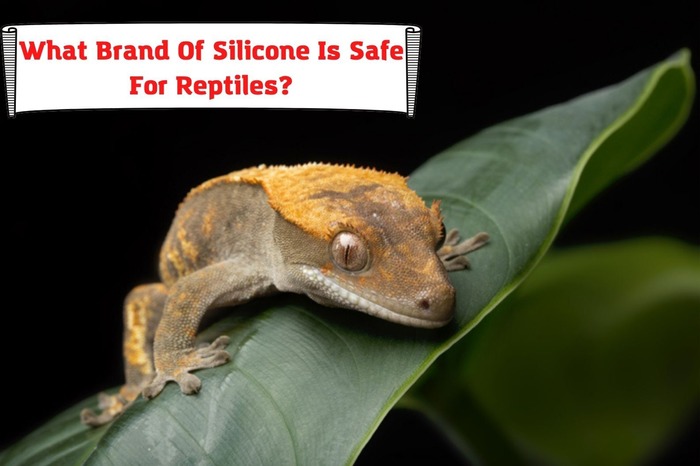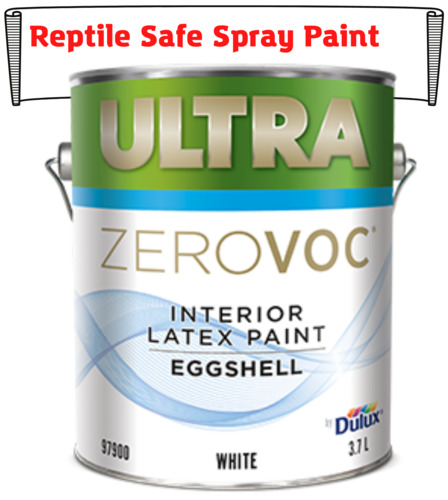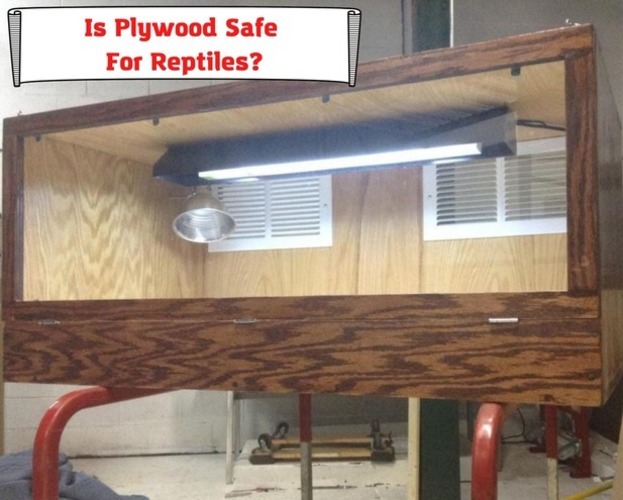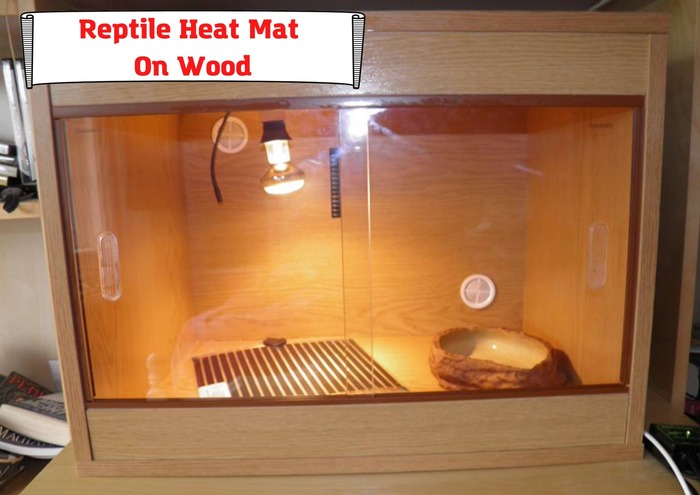
Many caring pet keepers do their best to keep their reptiles safe from the dangers associated with reptile heat mats. While reptile mats may have considerable risks with plastic and glass enclosures, are there any dangers associated with reptile heat mats on wood?
This article discusses the dangers of a reptile heat mat on wood and other important considerations.
After reading this article, you will have a thorough understanding of how much of a hazard reptile heat mats can be in the wooden enclosure. You will also be better informed to make decisions that limit the probability of the risks.
Heat Mats
Heat mats are an excellent heat source for your reptiles. They are electrical devices used to provide heat for your critters. They emit ultra-long wavelength infrared heat with the heat rays warming up objects they come in contact with. And they do that while maintaining a lower air temperature.
They are a great alternative to heat lamps but may also be used with heat lamps. They are cheaper and more efficient to artificially provide heat for your reptiles because they consume less electricity. But they can be dangerous if misused. If you fail to observe some cautions, you could put your reptiles at the risk of getting burnt. Some are adhesive, while others are not.
It could be set inside or outside the enclosure, depending on the nature of the tank. For glass and plastic tanks, it is better to position the heat mat outside. But for wooden enclosures, the heat mat must be placed inside the tank. Although it can be placed on top of the enclosure, at the foot, or on the wall, the best place to position the mat is the vertical surface of the wooden enclosure. This helps to ensure that you have a heat gradient in the tank. This way, the reptiles have a hot and cold zone in the tank.
Reptile Heat Mat on Wood
The heat mat should be placed inside the wooden reptile enclosure, unlike glass and plastic enclosures. The mat must be placed inside the enclosure for the critter to get the heat it needs. Wood is insulative. This means it will not allow the heat to pass through to the reptile. The layers of the wood will stop the heat from getting to the reptile if you sit the mat under the wood. So it would be best if you set the heat mat inside the wooden enclosure. You will not need a layer of polystyrene.
Essentially, wood hardly burns. The danger of the wooden enclosure catching fire is unlikely. This is because the wood will not burn until it reaches about 300°F. This is a temperature that your heat mat will never reach. The peak your heat mat will ever reach with the thermostat monitoring is about 60°F-90°F. This means that it is improbable for the heat mat to burn the vivarium.
Any Danger for Your Reptile?
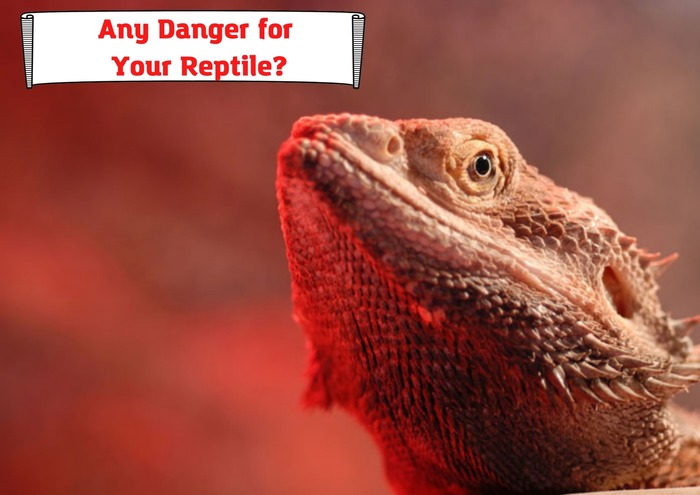
You must be aware of a few threats if you opt for a reptile heat mat in the wooden enclosure. Disregarding these potential hazards will put your reptile in danger. They are discussed below.
Risk of Electrocution
Many reptiles are burrowers. Burrowers such as corn snakes and balls burrow most of the time. They do this most times immediately after you change the substrate. They explore the substrate, burrow the damp substrate, check the new smell, and ‘rearrange’ it to their taste.
These burrowers are at risk of electrocution. Piercing, cutting, or folding the heat mat puts them at the risk of electrocution. Many enthusiasts forget that the reptile heat mats are usually splash-proof. This means they can be cleaned with a simple wipe. Immersing the reptile heat mat in water or dealing with it in any way to make it wet increases this risk of electrocution.
Also, do not use the mat if it is folded, pierced, or torn. If you notice that the plug is damaged in any way, it would be best not to use the reptile heat mat. This is important to prevent the risk of your reptile dying from a long-sustained electricity shock.
Fire Accidents
Since the reptile heat mat must be placed inside the wooden enclosure, some things could lead to a fire outbreak. Some enthusiasts make the mistake of putting heavy objects on the reptile heat mat. These items include hides, feeding dishes, and water containers. Placing these items on the heat mat will cause thermal obstruction. This means the heat in the mat will be blocked. But the most common reason for fire in your wooden enclosure is the issues with electricity like shortcuts or something.
Risk of Body Injury
Your reptiles face the danger of bodily injuries. These include the danger of burns caused by the mat being overheated. If you choose to place the reptile heat mat on the enclosure floor, it would be best to ensure that you cover the mat with a slim layer of substrate to prevent the mat from overheating. The layer must be light and no more than a depth of 5 mm. Test it to ensure that the substrate cannot cause overheating. Also, ensure to put the thermometer probe under the substrate to test the temperature.
The reptile heat mat must be placed in the corner of the enclosure. The heat mat should not cover any more than half of the reptile enclosure’s base, wall, or roof. It would also be best to place it at one end of the enclosure. This should be done to create a thermal gradient. There must be a thermal rise in the enclosure so that there is a hot zone and a cold region in the enclosure. This ensures that if one side of the enclosure is too hot, the reptile can adjust itself to the least hot region while still getting the desired amount of heat to regulate its body temperature.
Always remember that heat mats are dangerous, and misusing them could cause serious harm to your pets. It would be best never to take chances. If your reptiles suffer burns, the weak skin openings will not be strong enough to fight off bacterial and fungal infections. This is important because these infections can become life-threatening.
What Could Cause These Hazards?
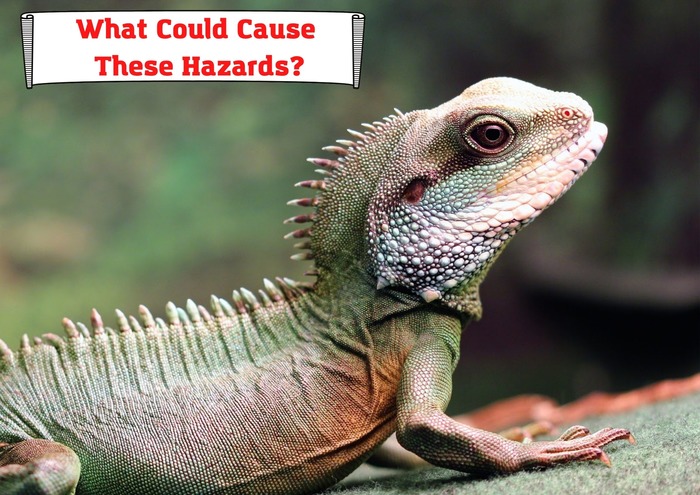
Inadequate Information
Amateur hobbyists with inadequate information about how best to handle heating equipment could cause their reptiles to suffer these hazards.
Having no idea of how much heat a particular reptile needs, the nature of the critter to know whether it needs more basking light time than night time, no idea of how excess light and heat could also put the health of the reptiles at risk. Hence, it is of utmost importance that you stay informed about how best to care for your reptile.
Carelessness/Negligence
Carelessness and negligence of a pet owner could cause these hazards. Carelessly leaving heating equipment such as reptile heat mats too close or within reach for a curious reptile could lead to a burn accident. Failing to set the thermostat to monitor the heat could also pose serious health risks to the reptiles. Also, failing to check the enclosure for any necessary repair and fixing the noticed defects could put the lives of the reptiles at risk.
Also, it is common practice for some enthusiasts to use both UVA and UVB lights and heat mats when the reptile is young. But the excess heat must be removed after the reptile has grown old enough to regulate its body temperature. Being negligent about this could subject the reptiles to stress from the excessive heat. Reptiles that experience overheating have been noted to express disturbing symptoms. It should not be surprising to see lizards gaping, being inactive in the cool zone for most of the day, and even becoming aggressive.
Faulty Equipment
If you notice that your heat mat is emitting more heat than it used to even after you repeatedly regulate the temperature with your thermostat, there is a chance the heat mat is faulty. It would be best to check your options to replace it or return it to the manufacturer for advice.
Heat maps with open parts should never be used in the enclosure. If you have to clan the mat, a simple wipe should do. Drenching the mat in water is not advisable. It is electrical equipment. If you drench it in water, you may damage it or even put your critter at the risk of electrocution.
Heat mats with faulty plugs and damaged wires should never be used. They pose fire risks to the enclosure. Always ensure that there are no defects in the equipment when you buy. It would help to keep checking during your maintenance routine.
Final Thoughts
Keeping your reptile in its wooden enclosure is a top-tier priority. The best way to do that is to think ahead and prevent the hazards before it happens. Use heat equipment properly, watch out for defects and keep a maintenance schedule to help you limit the chances of any danger for your reptiles.
Do your research and source the information you need to protect your pet from suffering and pain that you could easily avoid. Most importantly, be diligent in your job as a pet owner. The reptile’s life depends on you.
- Dubia Roach Egg Sack: How To Understand if It’s Healthy? - January 2, 2023
- How To Feed African Dwarf Frog While on Vacation? - December 26, 2022
- Baytril for Bearded Dragon: Here’s What You Should Know - December 19, 2022

